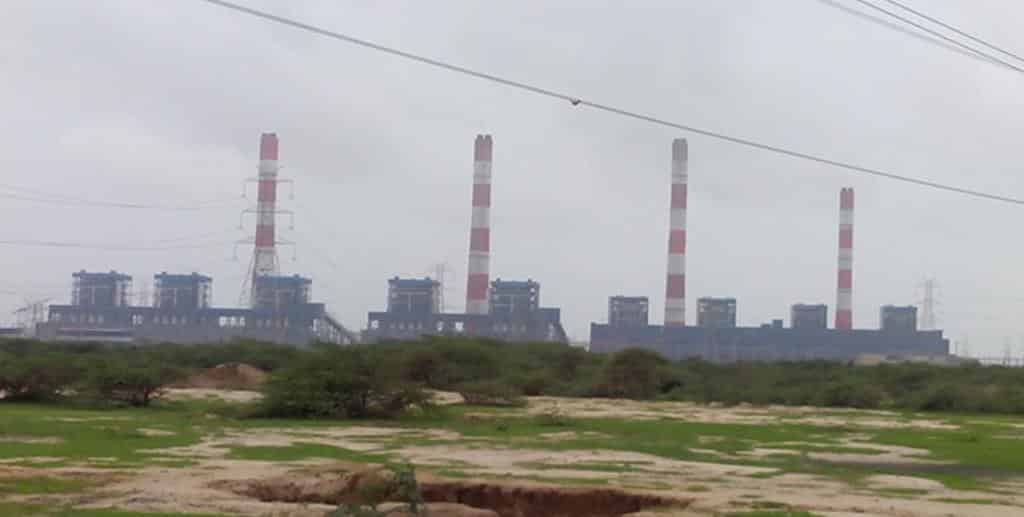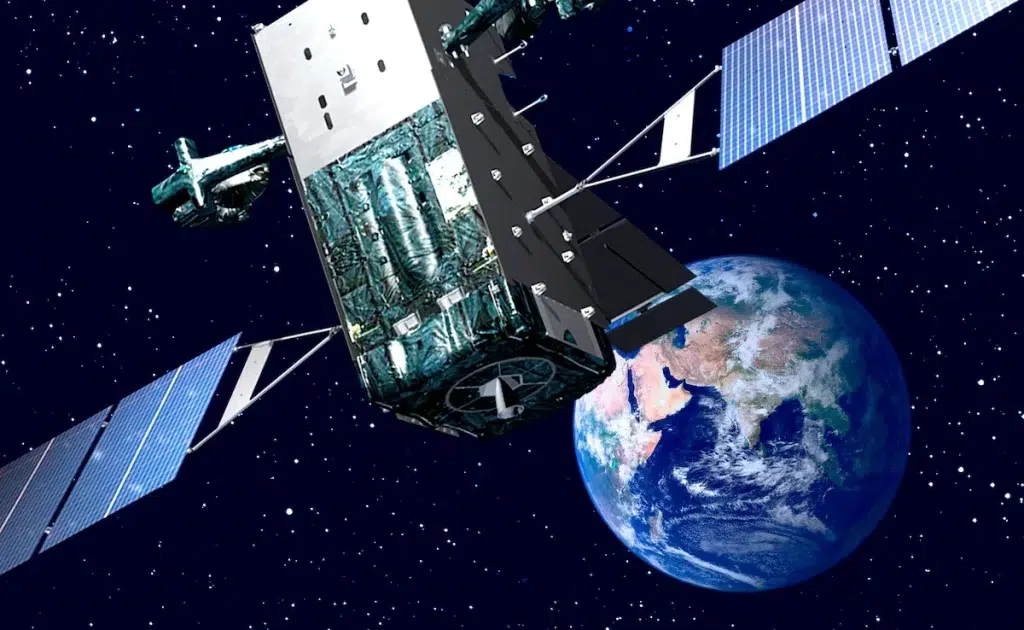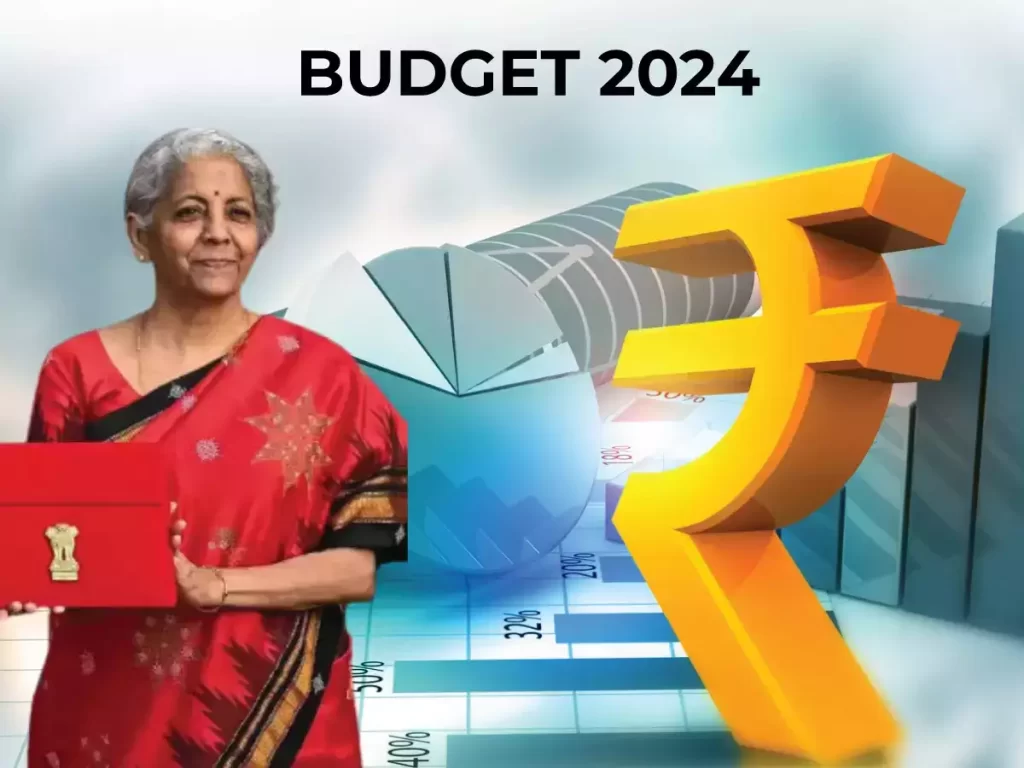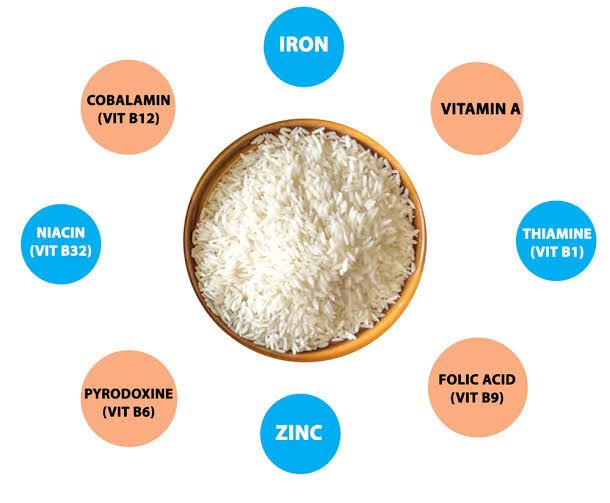Net-zero, which is also referred to as carbon-neutrality, does not mean that a country would bring down its emissions to zero. Rather, net-zero is a state in which a country’s emissions are compensated by absorption and removal of greenhouse gases from the atmosphere. Absorption of the emissions can be increased by creating more carbon sinks such as forests, while removal of gases from the atmosphere requires futuristic technologies such as carbon capture and storage.
Why ‘net-zero’?
In many sectors of the economy, technologies exist that can bring emissions to zero.
- In electricity, it can be done using renewable and nuclear generation.
- A transport system that runs on electricity or hydrogen, well-insulated homes and industrial processes based on electricity rather than gas can all help to bring sectoral emissions to absolute zero.
- However, in industries such as aviation the technological options are limited; in agriculture too, it is highly unlikely that emissions will be brought to zero.
Therefore some emissions from these sectors will likely remain; and in order to offset these, an equivalent amount of CO2 will need to be taken out of the atmosphere – negative emissions. Thus the target becomes ‘net zero’ for the economy as a whole. The term ‘carbon neutrality’ is also used.
Negative emissions
The only greenhouse gas that can easily be absorbed from the atmosphere is carbon dioxide. There are two basic approaches to extracting it: by stimulating nature to absorb more, and by building technology that does the job.
Plants absorb CO2 as they grow, through photosynthesis. Therefore, all other things being equal, having more plants growing, or having plants growing faster, will remove more from the atmosphere. Two of the easiest and most effective approaches for negative emissions, then, are afforestation – planting more forest – and reforestation – replacing forest that has been lost or thinned. Technical options include BioEnergy with Carbon Capture and Storage (BECCS) and Direct Air Capture.
This way, it is even possible for a country to have negative emissions, if the absorption and removal exceed the actual emissions. A good example is Bhutan which is often described as carbon-negative because it absorbs more than it emits.
It is being argued that global carbon neutrality by 2050 is the only way to achieve the Paris Agreement target of keeping the planet’s temperature from rising beyond 2°C compared to pre-industrial times. Current policies and actions being taken to reduce emissions would not even be able to prevent a 3–4°C rise by the turn of the century.
India’s objections
India is the only one opposing this target because it is likely to be the most impacted by it. India’s position is unique. Over the next two to three decades, India’s emissions are likely to grow at the fastest pace in the world, as it presses for higher growth to pull hundreds of millions of people out of poverty. No amount of afforestation or reforestation would be able to compensate for the increased emissions. Most of the carbon removal technologies right now are either unreliable or very expensive.
Why India’s arguments are not easy to dismiss?
According to the third Biennial Report submitted to the United Nations Framework Convention on Climate Change (UNFCCC) in February 2021, India’s emission intensity of gross domestic product (GDP) has reduced by 24 per cent between 2005 and 2016, thereby achieving its voluntary goal to reduce the emission intensity of GDP by 20-25 per cent from 2005 levels, earlier than the target year of 2020.
In 2015, India further raised ambition in its nationally determined contributions (NDC) to reduce the emission intensity of its GDP by 33-35 per cent below 2005 levels by 2030. India’s share of non-fossil fuel-based energy resources in installed capacity of electricity generation has already reached 38 per cent against an NDC target of 40 per cent by 2030. It also announced a target of achieving 175 GW of renewable energy capacity by 2022, which was subsequently enhanced to 450 GW by 2030.
Several studies have shown that India is the only G-20 country whose climate actions are compliant to the Paris Agreement goal of keeping global temperatures from rising beyond 2°C. Even the actions of the EU, which is seen as the most progressive on climate change, and the US are assessed as “insufficient”. In other words, India is already doing more, relatively speaking, on climate than many other countries.
The net-zero goal does not figure in the 2015 Paris Agreement, the new global architecture to fight climate change. The Paris Agreement only requires every signatory to take the best climate action it can. Countries need to set five- or ten-year climate targets for themselves, and demonstrably show they have achieved them. The other requirement is that targets for every subsequent time-frame should be more ambitious than the previous one.
Implementation of the Paris Agreement has begun only this year. Most of the countries have submitted targets for the 2025 or 2030 period. India has been arguing that instead of opening up a parallel discussion on net-zero targets outside of the Paris Agreement framework, countries must focus on delivering on what they have already promised. New Delhi is hoping to lead by example. It is well on its way to achieving its three targets under the Paris Agreement, and looks likely to overachieve them.
New Delhi also repeatedly points to the fact that the developed nations have never delivered on their past promises and commitments. No major country achieved the emission-cut targets assigned to them under the Kyoto Protocol, the climate regime preceding the Paris Agreement. Some openly walked out of the Kyoto Protocol, without any consequences. None of the countries has delivered on the promises they made for 2020. Even worse is their track record on their commitment to provide money, and technology, to developing and poor countries to help them deal with the impacts of climate change.
India has been arguing that the 2050 carbon-neutrality promise might meet a similar fate, although some countries are now binding themselves in law. It has been insisting that the developed countries should, instead, take more ambitious climate actions now, to compensate for the unfulfilled earlier promises.
While the above ambitious mitigation efforts are well-recognised, the key question is whether India is in a position to announce a long-term target such as net zero emissions by 2050 — in line with the momentum building up globally in the run up to the 26th Conference of Parties in November 2021?
Role of India and the Developed countries
India is one of the most vulnerable countries to the impacts of climate change — with its vast population that is dependent on climate-sensitive sectors for livelihood.
Hence, for India, adaptation is inevitable and requires urgent action. Simultaneously, it should continue to make its fair contribution towards mitigation as a responsible nation.
There are several studies that have enumerated low carbon development pathways in multiple sectors for India. The power sector’s transformation towards a renewable energy future and aggressive efficiency improvements across the energy demand and supply sides need to be further accelerated to meet the ambitious targets.
In the transport sector, the focus is on electrification and enhanced use of biofuels. More efforts are required to create carbon sinks through additional forest and tree cover, with greater involvement of multiple stakeholders and the citizens.
Greater uptake of nature-based solutions can provide a range of environmental, social and economic benefits and stem the accelerating biodiversity loss besides contributing to climate change mitigation and adaptation.
Additionally, further research and development and innovations in battery storage, hydrogen technology, cooling technology, second and third-generation biofuels, among others, are likely to shape the slope of the decarbonisation roadmap, not only in India but other countries as well.
While India has already initiated low carbon actions in various sectors, the decarbonisation plans need to be continuously improved and made more ambitious in the coming years while keeping a close tab on the implementation aspects.
However, the developed nations have to play their role in providing the requisite financial and technical support to India and other developing counterparts. They also have to lead by example and those having the means should strive for an accelerated target for net zero instead of looking for a common mid-century timeline for all.
Source : Indian Express, Downtoearth
Also refer:
- Download the pdf of top 50 Science Questions From Previous Year UPSC Prelims
- Free General Studies Notes
- For crux of the economic survey, click here.
- For information about Development Finance Institutions, click here.
- भारत में वित्तीय क्षेत्र के नियामक









